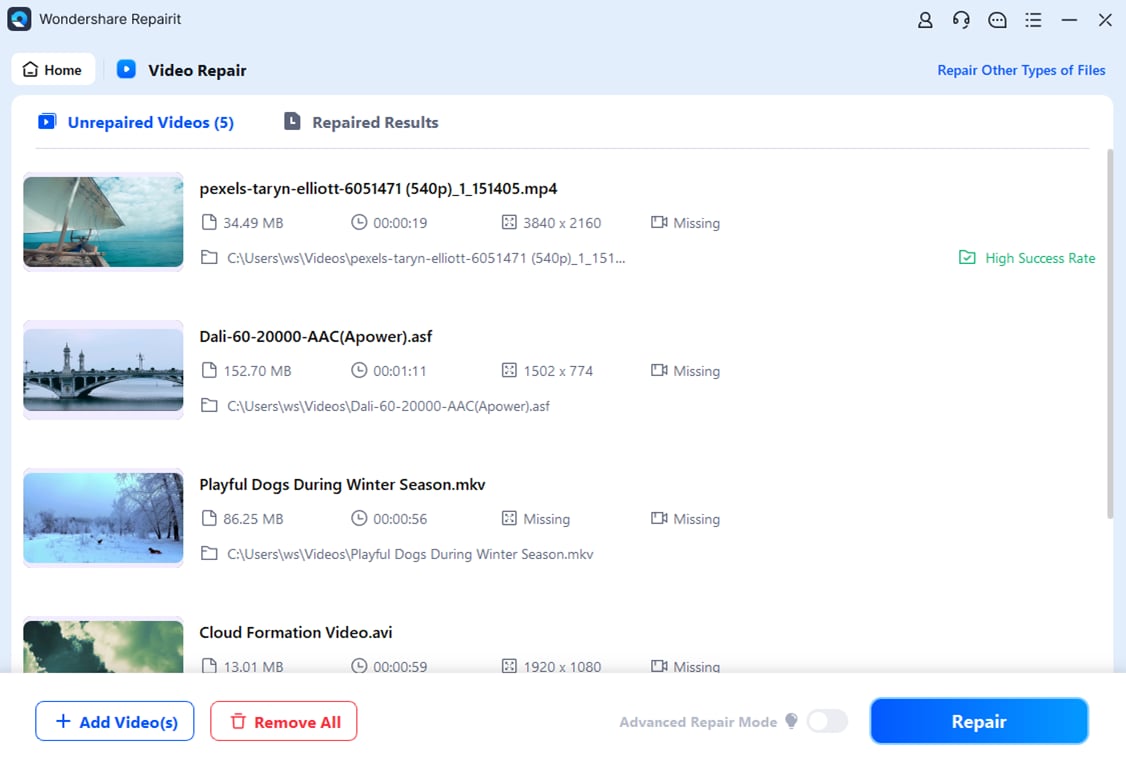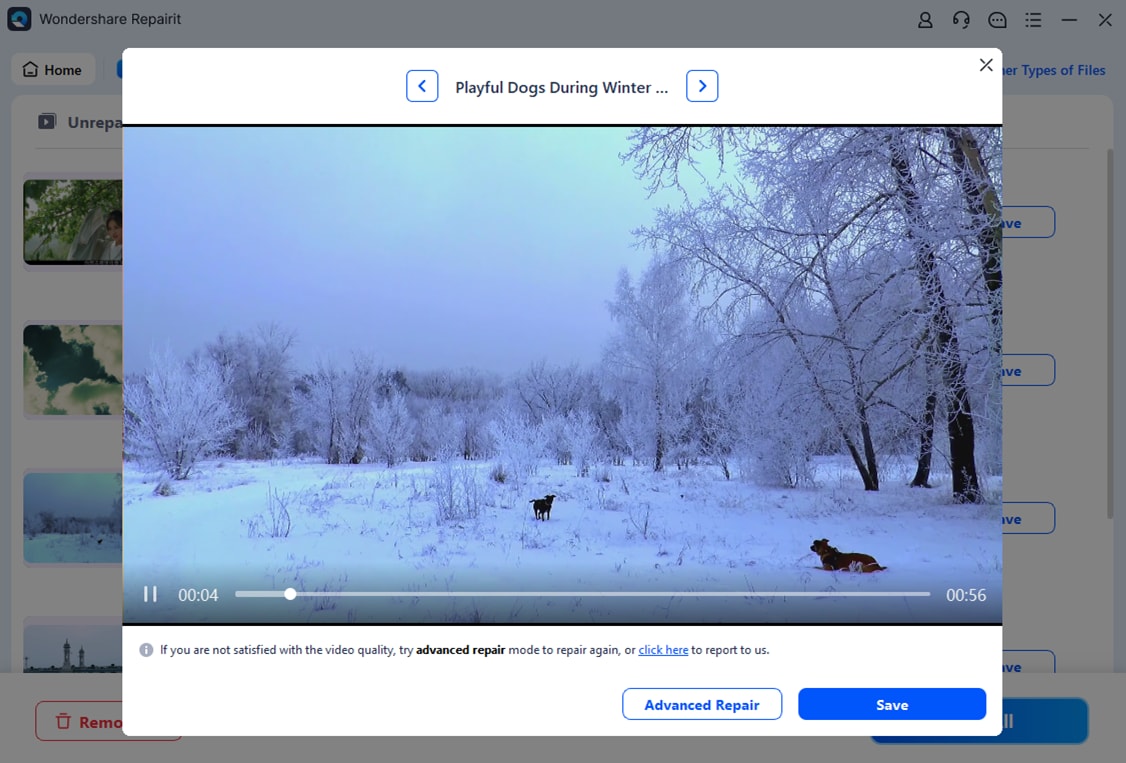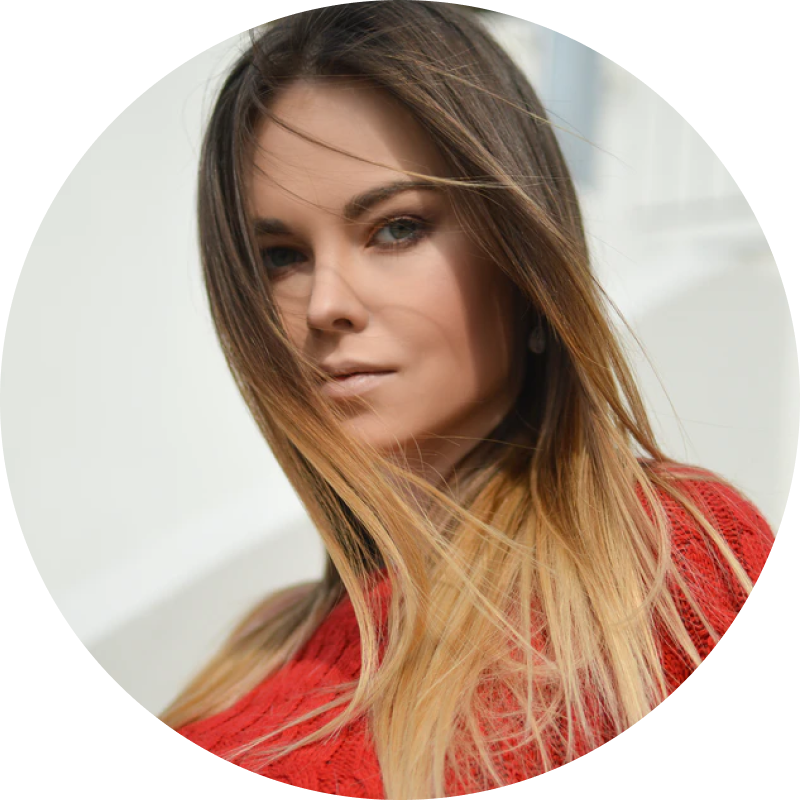"GPU not detected in Device Manager, DDU, BIOS. Could this be a hardware issue or is it something to do with Windows just not recognizing the GPU?"

A computer does not need a GPU to work. However, it is necessary when playing AAA games or video editing. That said, it becomes a problem when your computer can't recognize it. GPU not detected in Device Manager causes incorrect coloration and other errors in the display. In this article, we will teach you different ways to fix this problem.
In this article
Part 1. What are the Possible Reasons for GPU Not Detected in Device Manager?
First of all, you may have a faulty GPU. Windows will not be able to detect it if it does not work. So, we recommend buying a graphics card only from trusted sellers. If you are certain your GPU is not broken, check the list below for other possible reasons why your computer is not detecting it.
🔌GPU Is Disabled. Sometimes, you would want to intentionally disable the GPU in the Device Manager. Perhaps you forgot to turn it back on. Or maybe you accidentally disabled it. In these cases, the Windows OS will not be able to detect the GPU.
⚠Windows Update. Windows updates fix bugs and errors and remove known security vulnerabilities. However, they are also known to cause errors. Unfortunately, Windows updates can brick your GPU. That's probably why your GPU is not showing up in Device Manager.
🔄 Driver Updates. Similar to Windows updates, driver updates aim to improve your experience. However, if there is a problem with the recent update, it may make your GPU undetectable.
🔧Incompatibility with BIOS or UEFI. GPU manufacturers keep improving their products. It's always tempting to buy the newest ones since they are usually the most powerful. However, your BIOS or UEFI version is a factor to consider. If you have an older version, it may be incompatible with the latest hardware. Thus, your computer will not detect the GPU.
Part 2. 6 Effective Fixes When GPU Not Detected in Device Manager
Here are a couple of things you can do to solve your undetected GPU problem. None of these solutions will cost you any money. Getting help from more tech-savvy people will help. But with this easy-to-follow guide, you can do the fixes yourself.
1. Enable Your Graphics Cards
As mentioned above, you may have disabled your GPU intentionally or accidentally. Since it is disabled, your computer is not detecting it. But how to enable the GPU when you can't see it in the Device Manager? You need to use Safe Mode. Follow these steps:
Step 1. Turn your computer on. On the sign-in screen, press and hold the Shift and click Power and Restart. Your PC will restart, and you will see the Choose an option screen. Click Troubleshoot then Advanced options choose Startup Settings then Restart.

Your PC will restart again, and then you will see a list of options. Press 4 to boot your PC in Safe Mode.

Step 2. Open the Device Manager. Double-click on the Display Adapters option. Right-click on your GPU and click Enable.

2. Update Graphics Card Driver
Updating your GPU driver can also work. You can do this even if your GPU does not show in the Device Manager through the dedicated software for the GPU. NVIDIA, AMD, and Intel all have this. Launch their wizard and check for updates.

3. Reinstall the GPU
Updates with the graphics driver may also cause errors. These errors could be the reason why the GPU is not showing up in Device Manager. Windows will automatically reinstall the drivers when you restart your PC. But you can cancel that if you prefer a clean installation through the NVIDIA or AMD wizard.
Step 1. Boot your computer in Safe Mode.

Step 2. Open the Device Manager. Double-click Display Adapters. Right-click on your GPU and click Properties.

Step 3. Uninstall the device driver, delete its software, and restart your PC.

4. Modify Your BIOS Settings
Some users have reported that resetting BIOS Settings to default made their GPU appear on the Device Manager again. This is worth a try, especially if none of the solutions above worked. Here is how to do it:
Step 1. When turning your computer on, press and hold the F2 key while pressing the Power button.
Step 2. Reset the settings to default and restart your computer.

5. Update Your BIOS or UEFI
Updating your BIOS Settings can add support for new hardware components, such as processors, memory, or GPU. Furthermore, it can resolve bugs and stability issues that were present in previous BIOS versions. Also, it can optimize the performance of your system by improving the efficiency of hardware interactions.
To update your BIOS or UEFI:
Step 1. Check to see who manufactured your motherboard. Click the Windows key and type "System information." Press Enter.

Check the BaseBoard Manufacturer and Baseboard Product.

Step 2. Back up your personal files and prepare recovery options. Then, go to the manufacturer's website and look for the product page for your motherboard. Search for the "BIOS" or "UEFI" chapter and look for information regarding how to "flash" or update the BIOS. Follow the instructions.

6. Try Using Command Prompt
You can also enter commands in the Command Prompt to disable the PCI Express Active State Power Management (ASPM). ASPM is a power-saving feature that reduces the power consumption of PCI Express devices during periods of inactivity. Disabling ASPM can resolve your problem with the GPU not showing in the Device Manager. However, please note that it might lead to higher power consumption.
Step 1. Press the Windows key and enter "CMD." Click Run as administrator. Click Yes on the prompt that will appear.

Step 2. In the Command Prompt, enter "bcdedit /set pciexpress forcedisable". Check your Device Manager to see if the GPU is now visible.

Part 3. How to Fix Videos Related to GPU Not Detected in Device Manager?
Picture this. You have fixed the issue. The Device Manager can now detect your GPU. However, when you play a video, there's still something wrong with it. The video is possibly corrupted. In that case, it needs fixing too. For that, you can use Repairit Video Repair, a media recovery program trusted by many users who already experienced corruption.
Repairit Video Repair has many features that make it an outstanding video repair tool. Let's see them one-by-one.
Core Features of Repairit Video Repair
📂Wide Format Support. Handles various video formats like MOV, MP4, M2TS, MKV, MTS, 3GP, BRAW, and more.
🔄Batch Processing. Allows multiple files to be repaired at once.
🔧Advanced Repair Mode. Capable of fixing even severely damaged videos.
✨ User-Friendly Interface. Designed to be powerful yet easy to use.
New Features in Repairit V6.0
📈Enhanced Repair Quality. Significant improvements in repair success rates advanced video repair is 11.34% better.
🚀Boosted Mac Performance. Installation speed is increased by 85%, startup speed by 73%, and file addition speed by 97%.
🎥ProRes Video Repair. Supports the repair of damaged ProRes encoded files with a 99.47% quality level and 97.87% effective encoding repair.
⚙Optimized User Experience. Key processes are now 80% faster, with almost double the speed for preview module loading.
Follow these steps to repair your corrupted videos using Repairit Video Repair:
Step 1. Download Wondershare Repairit from the official website and launch it. Drag and drop the corrupted videos into Repairit Video Repair or click Add to select them.

Step 2. Since Repairit Video Repair offers batch processing, you can add more videos if you want to. Click + Add Video(s) to import them. Once all videos are added, click Repair.

Step 3. Click the Preview button to check each repaired video. If the videos are playable and there are no problems, click the Save button.


Fix Videos Related to GPU Not Detected in Device Manager

Conclusion
GPU not detected in Device Manager? Different things could cause this. It could be a user error, where you were the one that disabled it. It could also be caused by bugs you can fix by updating your BIOS or Graphics Card Driver. Other fixes include editing your BIOS settings, reinstalling the GPU, or disabling ASPM.
FAQ
What if the GPU is a hidden device?
Device Manager can show or hide devices based on your preferences. If your BIOS and Graphics Card Drivers are updated, you can assume that the GPU is simply hidden. To check, open Device Manager click View then Show Hidden Devices.What if the problem appeared after a Windows update?
While Windows updates solve known problems, they also create new ones. That is likely the case if your GPU disappeared from the Device Manager after you updated your Windows version. You can roll back to the previous Windows version. Turn off the auto-update feature and postpone the update until a new one is available.Is contacting the GPU manufacturer okay?
It's okay to contact the GPU manufacturer if you tried the solutions above and none worked. The GPU could have some faulty components. But consider your warranty situation. Depending on it, they may or may not be able to help you.


 ChatGPT
ChatGPT
 Perplexity
Perplexity
 Google AI Mode
Google AI Mode
 Grok
Grok

